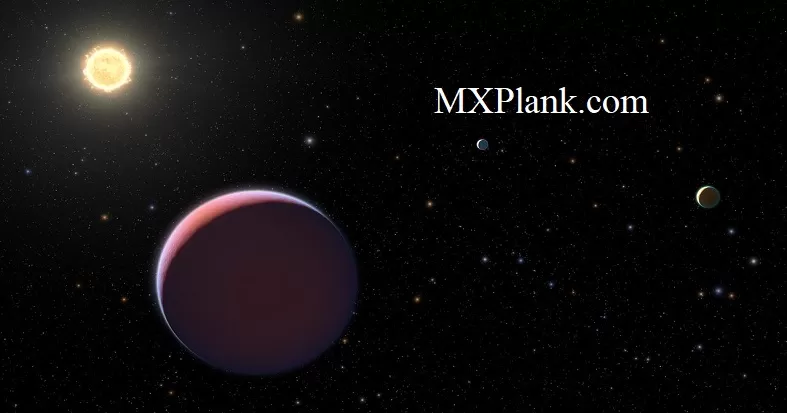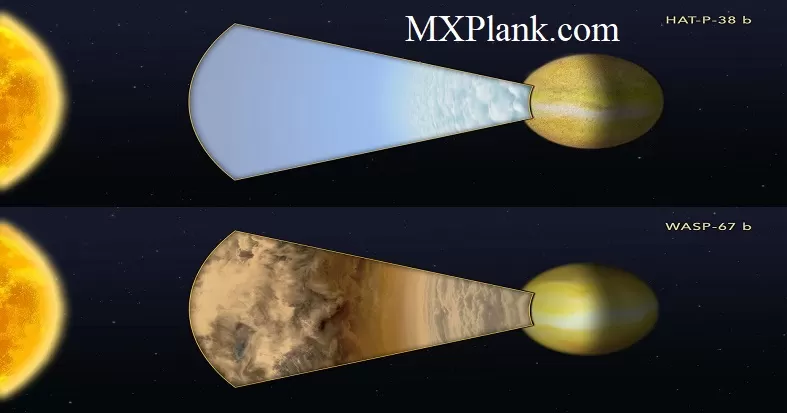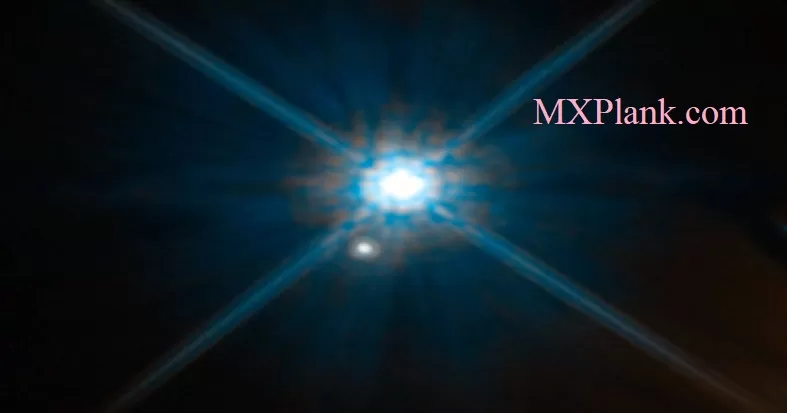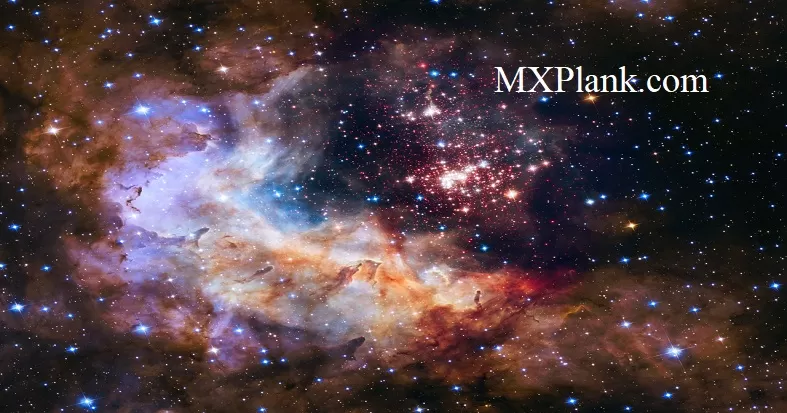What are the characteristics of the Solar System that lead to the origins of life?
The possibility of finding life elsewhere is for many people the most compelling reason for humankind to explore beyond the Earth. We believe that liquid water and carbon are required for life to arise and thrive, as well as a source of energy. Many places in the solar system provide these, at least for a time; not only planets, but also some moons and even certain comets. But for life to arise we presume that a hospitable environment must be more than just transient.
The Earth is in the continuously habitable zone, meaning at our size and at our distance from the sun water has been stable at the surface even though the brightness of the sun has varied. Not all planets are so lucky. We now know that there once was liquid water on the surface of Mars, but was it there long enough for life to develop? We are not sure, but its possible and if so then life might still linger beneath the surface, perhaps in a place where sub-surface heat meets the surface permafrost.
There are other places where there has been liquid water for as long as on Earth. Jupiter's icy moon Europa almost certainly has a liquid water ocean beneath the surface even though its five times further from the sun than we are. If there are hydrothermal vents at the bottom of Europa's ocean, then that would seem a very hospitable place for life, but that doesn't mean its there. The only way we are going to find out is by going there. Other moons that may have liquid water deep below the surface include Jupiter's moons Callisto and Ganymede as perhaps Saturn's moons Titan and Enceladus.






